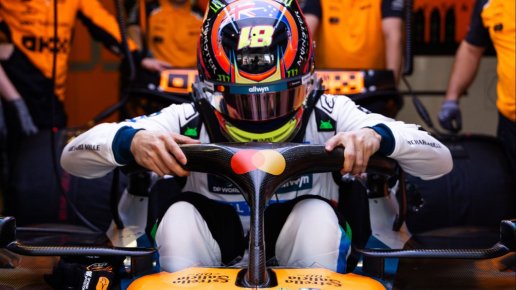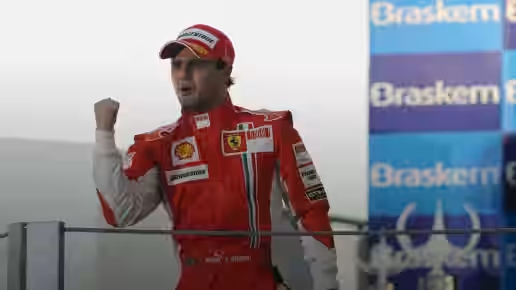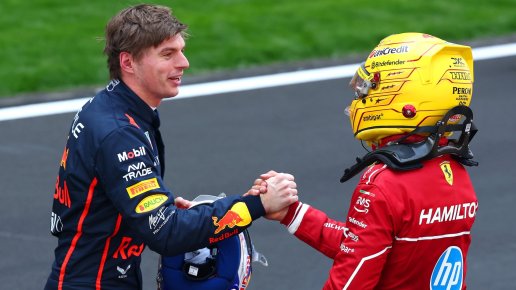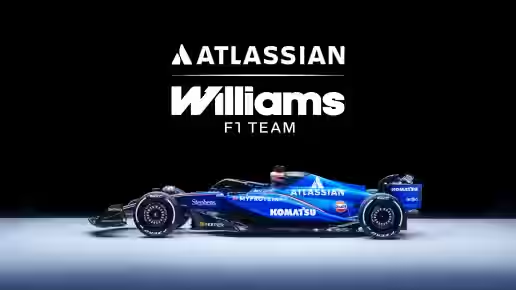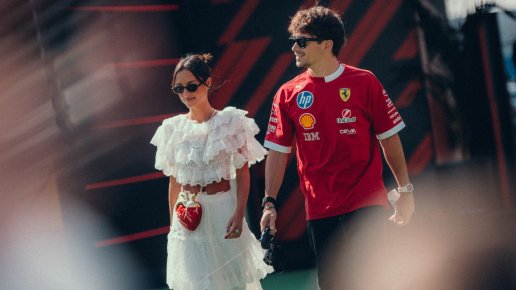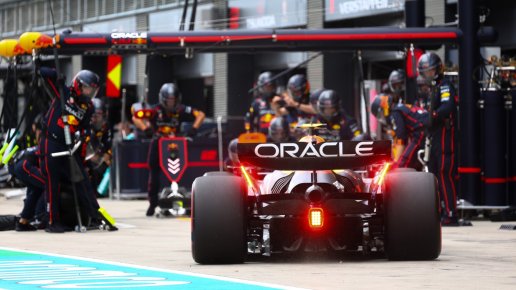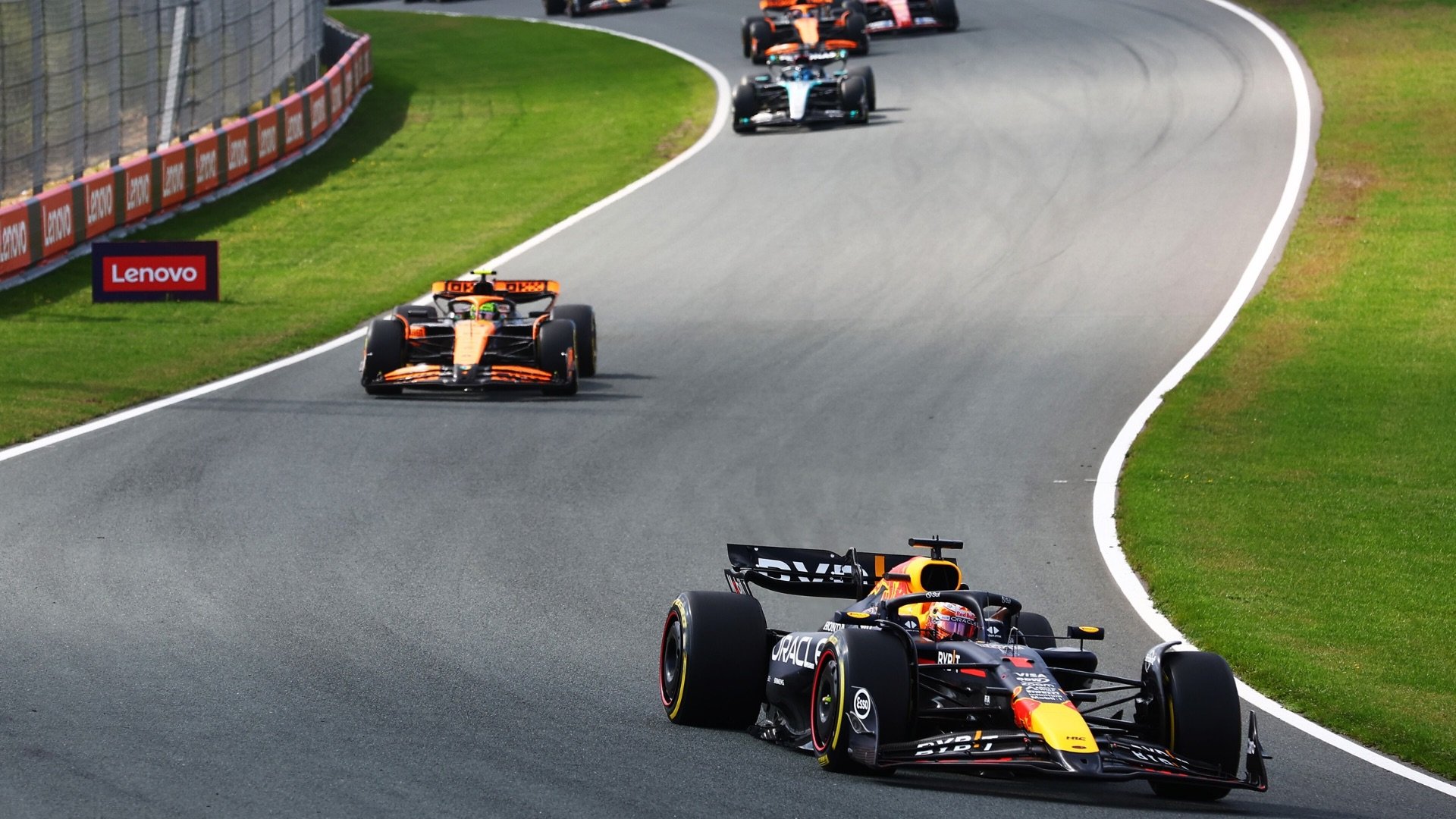
Photo: Getty Images / Red Bull Content Pool
Formula 1 typical race weekend vs. Sprint weekend format explained

F1 weekend typically features track action throughout 3 days, usually Friday, Saturday, Sunday but there are a few exceptions. Most events follow the traditional format with three practice sessions, qualifying, and the race. However, six weekends each season use a special "Sprint weekend" format. Here’s everything you need to know about both formats.
F1 & MotoGP news to your inbox every day.
What happens on a typical Grand Prix weekend?
During a usual race weekend, drivers have more time to gather data as there are three practice sessions, which are followed by a qualifying session and the main race.
PRACTICE SESSIONS
The weekend kicks off with Free Practice 1 (FP1) and Free Practice 2 (FP2) on Friday. These sessions provide teams with crucial time to test various car setups, experiment with tyre compounds, and assess how their cars perform under different conditions. FP2, in particular, often mirrors the conditions drivers will face during the main race, especially in night races.
The goal is to gather data that will help refine the car’s performance for qualifying and the race. Drivers also use this time to familiarize themselves with the track’s layout and any challenges it presents.
On Saturday, Free Practice 3 (FP3) takes place, offering a final hour of practice. It’s the last chance for teams to fine-tune their setups before the cars enter parc fermé, which imposes restrictions on adjustments.
QUALIFYING
Saturday afternoon is dedicated to qualifying, a crucial session that determines the starting grid for the race. It’s split into three phases:
- Q1: All 20 drivers have 18 minutes to set their fastest lap times. The five slowest drivers are eliminated at the end, securing grid positions 16 through 20.
- Q2: The remaining 15 drivers now have 15 minutes to improve their times. After this segment, the five slowest drivers are cut, placing them in positions 11 through 15.
- Q3: The top 10 drivers battle it out for pole position in a 12-minute shootout. The fastest driver claims pole, securing the best spot on the grid for Sunday’s race.
RACE DAY
Sunday (in a few cases Saturday) is race day, where all the preparation leads to what actually matters – the Formula 1 Grand Prix.
The race covers a minimum of 305 kilometers (except the Monaco Grand Prix), with the number of laps varying depending on the length of the circuit.
During the race, teams must use at least two different sets of dry-weather tyre compounds, ensuring a balance between speed and tyre management (this rule doesn’t apply when it is raining at some point of the race).
The race typically lasts between 90 and 120 minutes, depending on the circuit and weather conditions, however, the maximum time it can go for is 2 hours, which can be extended to 3 hours in case of interruptions like red flags.
What happens on a Sprint weekend?
A Sprint weekend still features 6 different on-track actions, however, some from the usual weekend format are replaced by ones from the special Sprint format.
FREE PRACTICES
On a Sprint weekend, the format is condensed, with fewer practice sessions compared to a traditional Grand Prix weekend. Friday starts with Free Practice 1 (FP1), where teams have the usual hour to fine-tune their car setups and evaluate tire performance.
However, unlike a standard weekend, Free Practice 2 (FP2) is replaced by Sprint Qualifying, a session that determines the grid for the Sprint race. There is no second practice session in the afternoon, which puts extra pressure on teams to get the setup right early.
On Saturday, instead of Free Practice 3 (FP3), the Sprint race takes place, leaving limited time for further adjustments before the race.
QUALIFYING (SPRINT SHOOTOUT)
Sprint shootout happens on Friday after FP1 and replaces FP2. This qualifying session is split into three parts, similar to the usual qualifying format, but in a more compressed form:
- SQ1: 12 minutes gives all 20 drivers a chance to set their fastest lap times. The five slowest drivers are eliminated, placing them in positions 16 to 20 on the Sprint grid.
- SQ2: The next 10 minutes reduce the field further, with another five drivers eliminated, setting positions 11 to 15.
- SQ3: The last 8 minutes is a shootout for the top 10, determining the starting order for the Sprint race on Saturday, with the fastest driver taking pole position for the Sprint.
SPRINT RACE
The Sprint race takes place on Saturday and is a short, high-intensity race that covers 100 kilometers, roughly one-third of the distance of a typical Grand Prix.
It lasts around 30 minutes and is designed to encourage fast-paced, aggressive racing, with minimal strategy involved. Unlike the main race, there are no mandatory pit stops during the Sprint race. While teams can still make pit stops, the short duration means tire changes are unlikely to make a significant difference.
Points are awarded to the top 8 finishers, with 8 points for first place, 7 for second, down to 1 point for eighth. This means the Sprint race can have an impact on the championship standings.
Keep in mind that the Sprint race doesn’t replace the Grand Prix, as it still takes place the following day. The purpose of the Sprint is simple just to add an extra layer of excitement to the weekend.
In 2025 the Sprint races will be held at Shanghai in China, Miami in the USA, Spa-Francorchamps in Belgium, Austin in the USA, Sao Paulo in Brazil, and Lusail in Qatar.

